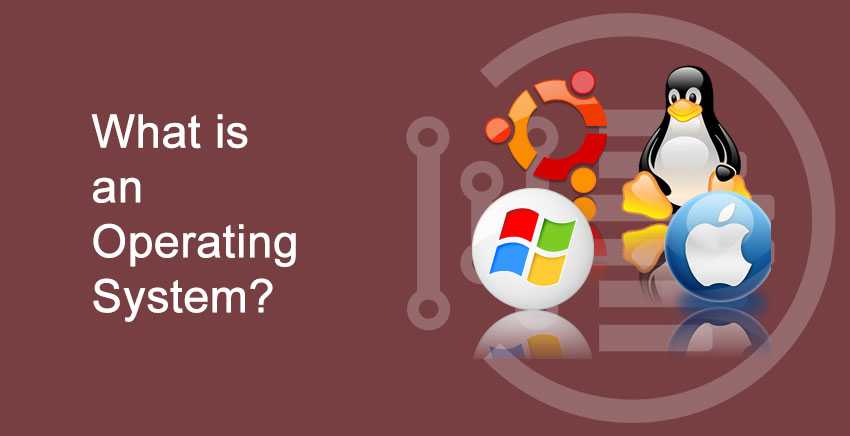An operating system (OS) handles your computer needs by finding resources, applying hardware management and providing necessary services. Operating systems are essential for computers to be able to do everything they need to do.
How do operating systems work?
Table of Contents
An operating system communicates with the various parts of your computer. It sends information to and from your computer hardware and the desired application or action in order to carry out the tasks you request. The following pieces of equipment are in contact with your operating system:
- Keyboard
- Monitor
- Printer
- Mouse
- Disk drive
Your OS receives commands from you through some of these devices and then delivers it to the correct places to process your request.
Operating systems perform the following tasks:
- Recognize mouse click requests
- Register keyboard commands
- Deliver visual content
- Connect to printers, ports, drives, etc.
- Organize content
Electronic devices usually come with OS capabilities and they are already equipped with the correct one. Individual applications require specific OS technologies.
An operating system connects all parts of your computer in order to allow each part to do what it needs to while working with the other elements in the computer.
The operating system also communicates with users through the equipment and applications it handles. When you type words on the keyboard, click a link with your mouse, press function commands on the keyboard or scroll, you are giving the computer a command. Your operating system takes the information from you and puts it into place using algorithms and technology.
Examples of different operating systems are:
- Android
- BSD
- iOS
- Linux
- OS X
- QNX
- Microsoft Windows
- Windows Phone
- IBM z/OS
- Depending on your device and the applications you use, you will need one of these operating systems to carry out the tasks that you request.

